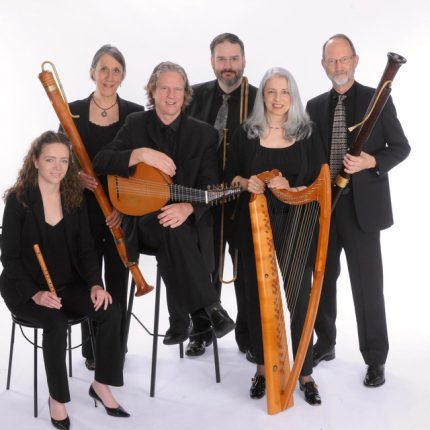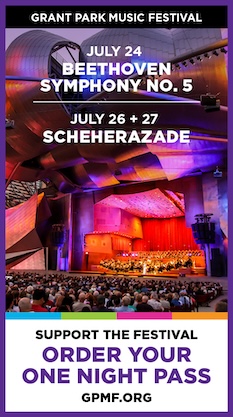Piffaro joins Newberry Consort to explore the world of Isabella d’Este

The Newberry Consort concluded its second concert series of the season Sunday afternoon at St. Luke’s Episcopal Church in Evanston.
The city’s senior early music ensemble, the Consort has entitled its current season “The Year of the Woman,” with programs exploring the musical influence and patronage of politically prominent Renaissance women. After evoking the musical world of the Hapsburg Empress Margarita Teresa in October, the Consort turned its attention to Marchesa of Mantua Isabella d’Este (1474-1539) for this program.
For these performances the Newberry Consort was joined by the Philadelphia-based Renaissance wind ensemble Piffaro, directed by Joan Kimball and Robert Wiemken. The Piffaro players are all consummate experts on a variety of Renaissance wind instruments—recorders, shawms, sackbuts, bagpipes—and throughout the afternoon these made stylish, piquant additions to the Newberry’s usual complement of strings.
Professor Anne MacNeil of the University of North Carolina, Chapel Hill, where she teaches music history and comparative literature, was a guest curator of sorts. Professor MacNeil received her PhD from the University of Chicago and is the co-director of the international research consortium IDEA: Isabella d’Este Archive. She offered a compelling pre-concert lecture on the program’s subject, and brought an additional layer of scholarship and authenticity to the Newberry’s usual high academic standards.
The program itself ranged widely. Included were songs of Josquin des Prez that d’Este would have heard when young, selections of Isabella’s girlhood music tutor Johannes Martini, works by Isabella and her husband Francesco’s court composers Marchetto Cara and Bartolomeo Tromboncino, and other works representative of the period. Many of these either directly or indirectly addressed various experiences of war—the Italian Wars of 1494 to 1593 were the political backdrop of Isabella’s mature years—while others spoke to aspects of love and religious devotion.
From the Piffaro players’ marching bagpipe entrance, the performances of this engaging repertoire were at a high level throughout. Newberry co-director Ellen Hargis was the soloist in many individual songs, and brought to these her customary idiomatic treatment and poise. Midway through the program Hargis made an announcement that she was suffering from laryngitis and asked the audience’s indulgence, but for the most part there were only fleeting lapses to forgive.
Of the many selections featuring Hargis, some of the most compelling were those in which she was accompanied by only a pair of lutes, played by Brandon Acker and Piaffaro’s Grant Herreid. “Se mai per maraveglia” by the prolific Anonymous was a hypnotic invocation of the Crucifixion, and Cara’s “Cantai mentre nel cor lieto fioria” was similarly captivating.
A particularly effective pairing was Cara’s “Ave victorioso e sancto legno,” played on recorder quartet by Piffaro, with Josquin’s “In te, Domine, speravi,” where the four recorders were joined by the full consort. These were elegant, inviting selections that created a genuine sense of a distant musical time.
Piffaro member Priscilla Herreid was a standout among the wind band’s many strong performers. Often playing he top line with soprano recorder or a higher shawm, she highlighted the stylish ensemble with thoughtful phrasing and enviable intonation. Another highlight was Jeremy David Ward singling “Pan de miglio caldo” while playing viol with the full consort. This song exemplified the frequently bawdy side of Renaissance music, with euphemistic lyrics that amused the audience.
As one has come to expect at Newberry programs, musicologist and graphic designer Shawn Keener provided sophisticated projections of the music’s lyrics along with relevant artwork and architecture from the period. The AV accompaniment was indispensable to the program’s success, and a model how such visual aids can be integrated into performances.
The Newberry Consort’s final program of the season, “The Mistress: Madame de Pompadour,” takes place May 8, 9, and 10 at the Newberry Library, UChicago’s International House, and St. Luke’s in Evanston, respectively. newberryconsort.org/
Posted in Performances
